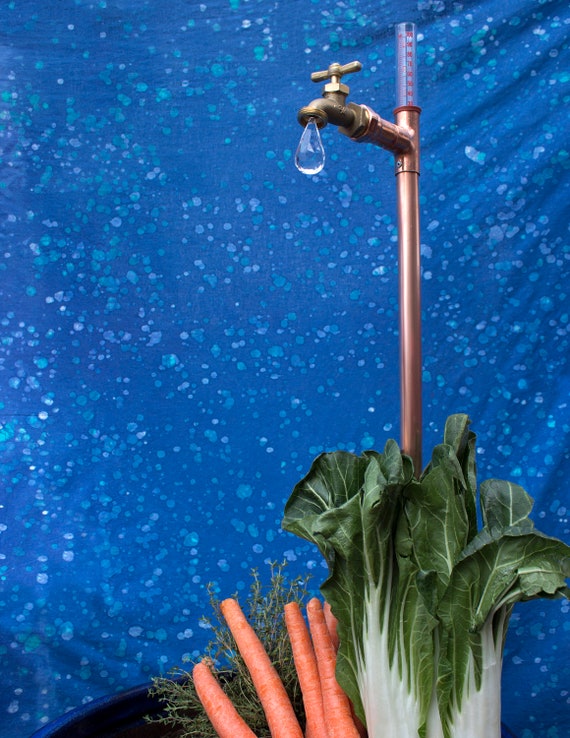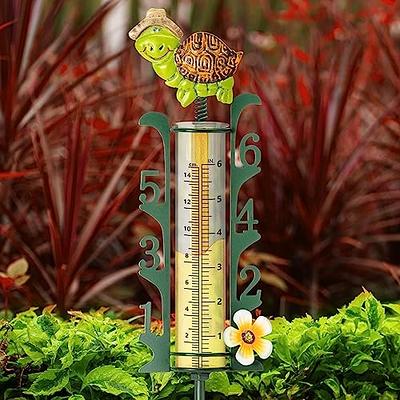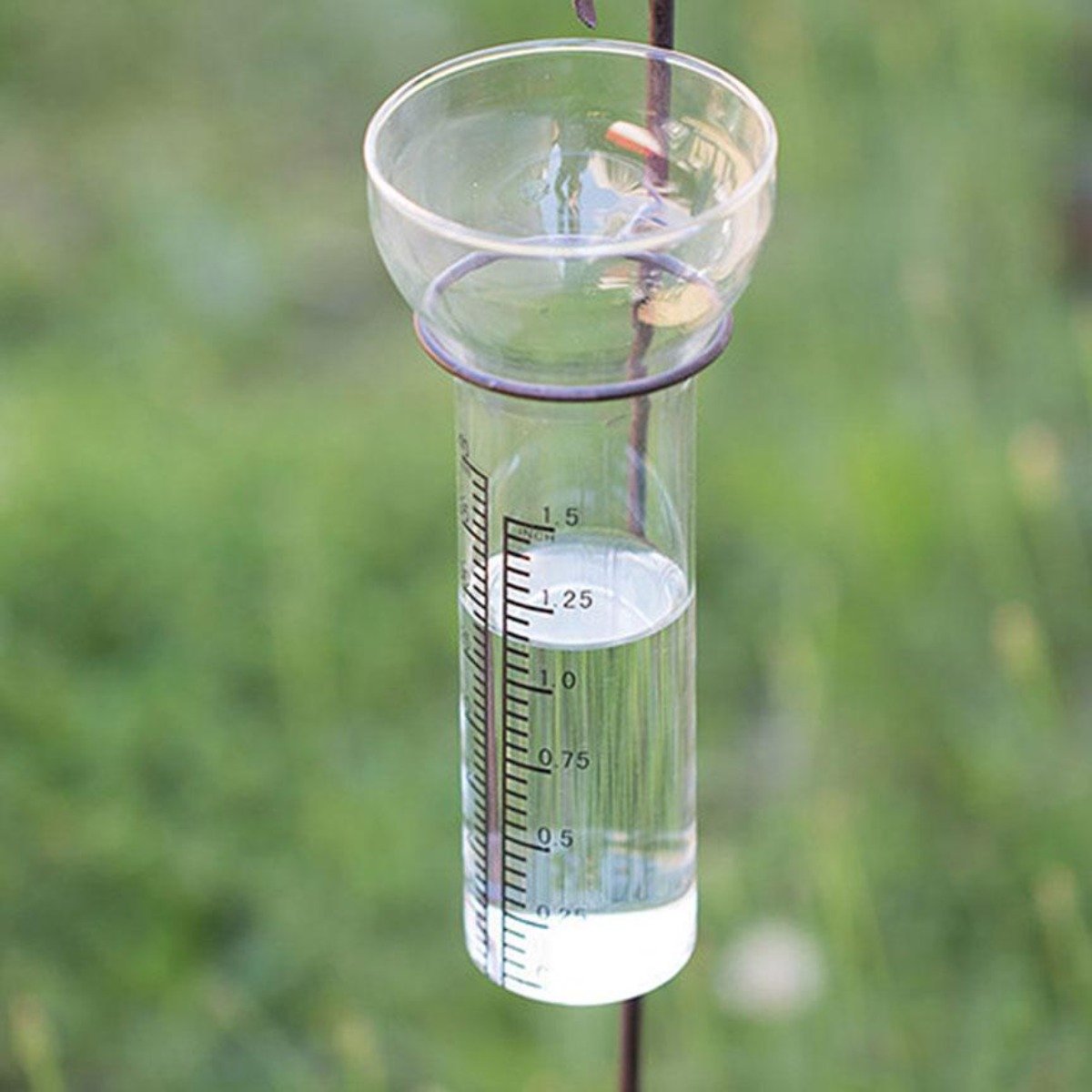Study The Rain Gauge: From Historical Development to Modern Applications
Study The Rain Gauge: From Historical Development to Modern Applications
Blog Article
Exactly How to Choose the Right Rainfall Scale for Accurate Rainfall Data
Precise rainfall information is crucial for different markets and activities, such as weather forecasting, farming, and water source monitoring. To get reputable dimensions, it is vital to choose the ideal rainfall scale. This guide intends to provide useful insights into the option process, enabling you to make enlightened decisions. Thinking about elements such as place, kind, and precision of the rain scale will certainly assist ensure exact information collection. Additionally, comprehending the maintenance and calibration treatments will add to the durability and integrity of your rain scale. By complying with these guidelines, you can make certain precise rainfall data, making it possible for much better decision-making and preparation for various applications.
Importance of Picking the Right Rainfall Gauge
The relevance of selecting the ideal rain scale depends on obtaining accurate and trusted rainfall data for accurate meteorological evaluation. Rainfall data is essential for a large range of applications, including weather forecasting, hydrological modeling, and environment research. Unreliable or undependable information can bring about incorrect final thoughts and flawed decision-making processes.

Secondly, the accuracy and precision of the rainfall scale are vital. The scale needs to be able to gauge rainfall with high precision, recording also tiny amounts of precipitation accurately.
Moreover, the area and installation of the rain scale are critical factors to consider. It needs to be positioned in an open location, far from obstructions that could impact rainfall measurements. The scale ought to be positioned at a suitable elevation and angle to stay clear of splashing and guarantee appropriate catchment of rain.
Factors to Take Into Consideration When Selecting a Rain Gauge
When selecting a rainfall gauge, there are several essential factors to think about. There are different types available, including standard rainfall gauges, tipping bucket rainfall evaluates, and considering rainfall gauges.
An additional variable to think about is the product of the rain gauge. Rain assesses can be constructed from different products, such as plastic, steel, or glass. The material chosen ought to be resistant and resilient to weather, making certain that the rainfall gauge will endure the aspects and offer accurate dimensions with time.
Precision is additionally a crucial variable to take into consideration. Seek rain gauges that have been adjusted and checked for accuracy. Attributes such as anti-splash rings and funnels can additionally improve the accuracy of the measurements.

Finally, think about the climate and setting in which the rainfall gauge will be made use of. Various rain gauges appropriate for various environments, so it is essential to pick one that is ideal for the problems in your location.
Various Kinds of Rainfall Evaluates Offered
To additionally discover the variables to consider when choosing a rainfall scale, it is essential to understand the different types of rainfall evaluates readily available. The most usual kind is the basic rain gauge, likewise understood as the round rainfall gauge.
An additional type of rain gauge is the tipping bucket rainfall gauge. As the rain drops right into the scale, it loads up one side of the pail, causing it to clear the water and tip.
A third kind of rain gauge is the considering rainfall gauge. As the rainfall drops into the scale, it is accumulated in a container linked to an equilibrium.
Ultimately, there are additionally remote rainfall evaluates that use progressed innovation to measure rainfall (The Rain Gauge). These assesses usage sensors and transmitters to send out information wirelessly to a main unit. Remote rain assesses are hassle-free for checking rainfall in hard-to-reach areas or for large data collection
Exactly How to Figure out the Accuracy of a Rainfall Scale
One way to assess the accuracy of a rain gauge is by conducting normal calibration measurements. Calibration includes comparing the analyses of a rainfall scale to a typical dimension, such as a qualified rainfall gauge or a climate terminal with high accuracy. By contrasting the dimensions, any kind of check that inconsistencies or errors in the rainfall gauge can be identified and represented.
To conduct a calibration dimension, start by collecting rainfall data from both the rainfall gauge and the basic measurement gadget over a particular time period, such as a month. After that, contrast the analyses and calculate the difference in between them. This distinction is understood as the calibration mistake.
It is essential to keep in mind that calibration dimensions must be done regularly, as ecological aspects, such as temperature, wind, and particles, can influence the precision of the rain scale gradually. By carrying out routine calibrations, any modifications in the precision of the rainfall gauge can be spotted and changes can be made as necessary.
Along with calibration, it is likewise recommended to tidy and maintain the rainfall gauge consistently to ensure its precision. Eliminate any kind of debris or blockages that may influence the accuracy of the dimensions, and examine for any kind of indications of damages or wear click reference that may call for repairs or substitute.
Tips for Preserving and Adjusting Your Rainfall Scale
Regular upkeep and calibration are vital for making sure the precision and reliability of your rainfall gauge in measuring rainfall information (The Rain Gauge). By complying with a couple of straightforward suggestions, you can guarantee that your rain gauge is properly maintained and calibrated
To start with, it is very important to clean your rain scale routinely to avoid any type of debris or dust from blocking the rain collection device. Utilize a light detergent and a soft brush to carefully clean the inside and beyond the gauge. Wash it thoroughly with tidy water and permit it to dry entirely before reinstalling it.
Secondly, it is suggested to calibrate your rain gauge at the very least annually. Calibration includes comparing the measurements of your rain gauge with those of a trusted and precise reference scale. This will assist you identify and remedy any potential mistakes in your rainfall gauge's dimensions.
To calibrate your rain gauge, gather a well-known volume of water using a gauging container and compare it with the measurements taped by your rain scale. Change the readings accordingly to ensure precision.

Final Thought
To conclude, choosing the appropriate rainfall gauge is critical for acquiring accurate rainfall data. When picking a rainfall go right here scale, aspects such as location, budget, and function must be thought about. There are different types of rain assesses readily available, each with their very own benefits and constraints. It is very important to on a regular basis maintain and adjust your rainfall scale to ensure its precision. By following these guidelines, exact rains information can be obtained for different applications.
There are various kinds available, including conventional rain evaluates, tipping bucket rainfall gauges, and considering rainfall evaluates.To even more explore the factors to consider when picking a rainfall gauge, it is crucial to understand the various types of rainfall assesses offered. The most common type is the typical rain gauge, additionally understood as the cylindrical rain gauge.Another kind of rain gauge is the tipping bucket rain gauge. Calibration includes comparing the analyses of a rain scale to a standard dimension, such as a qualified rain scale or a weather condition terminal with high precision.
Report this page